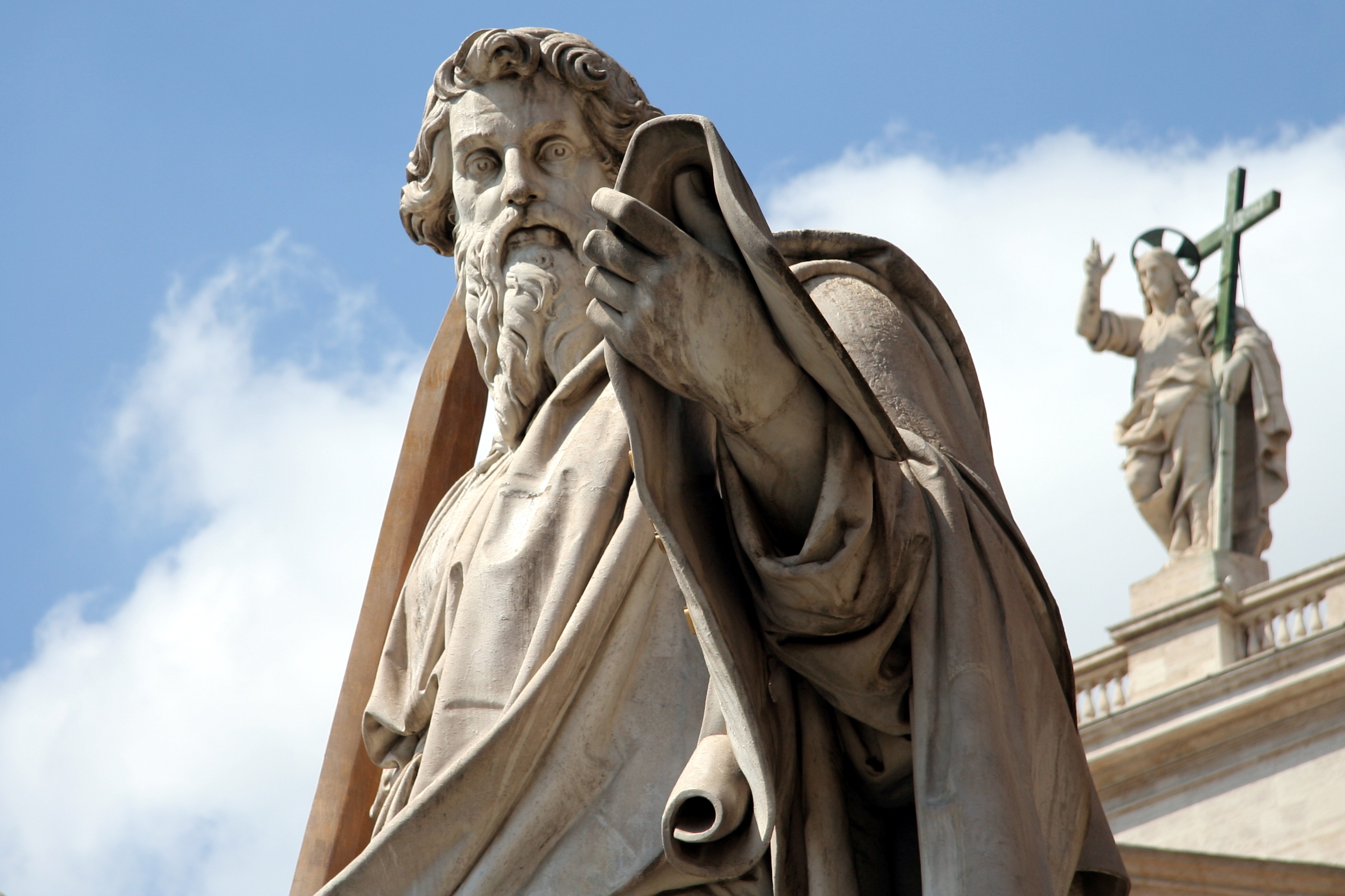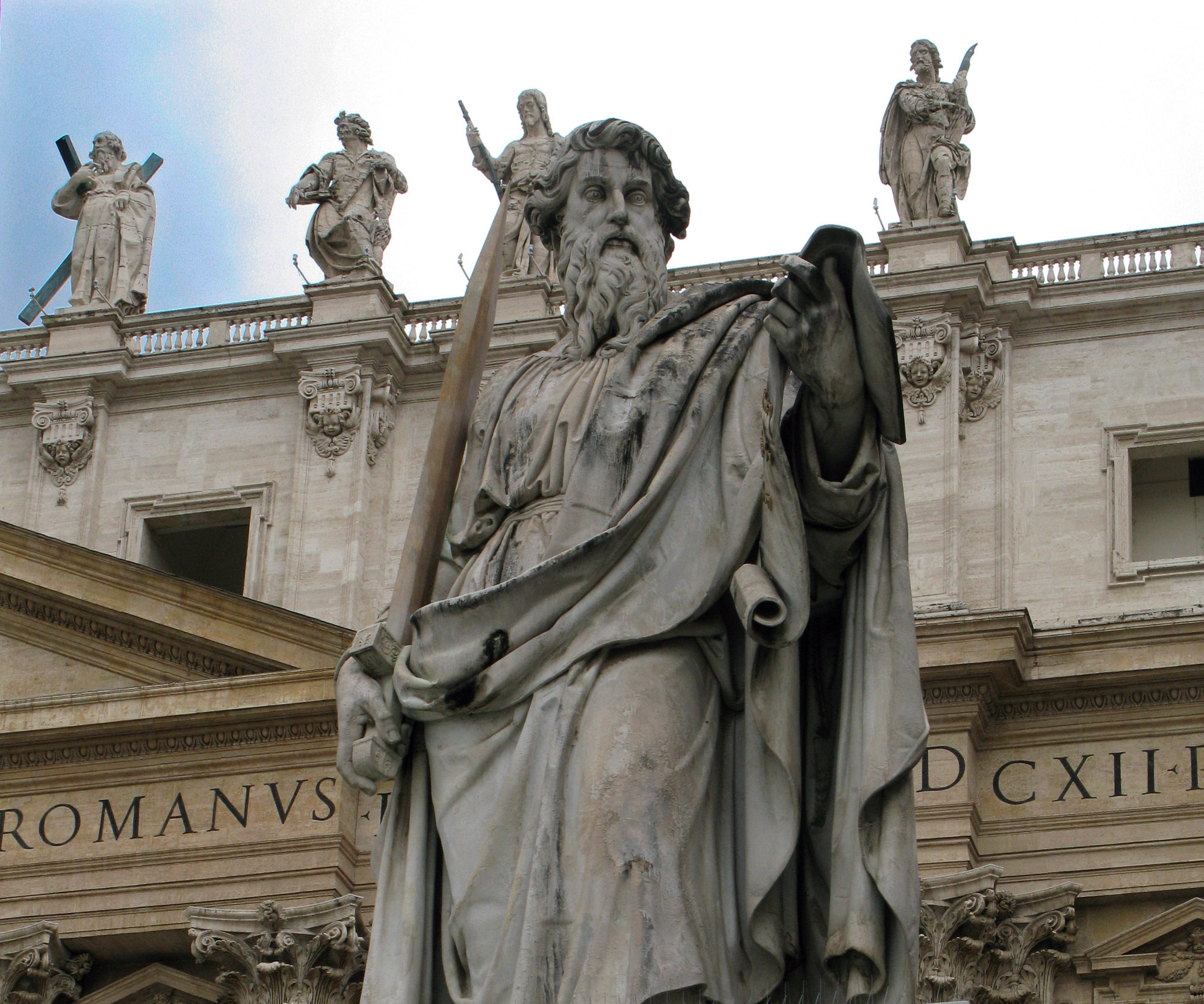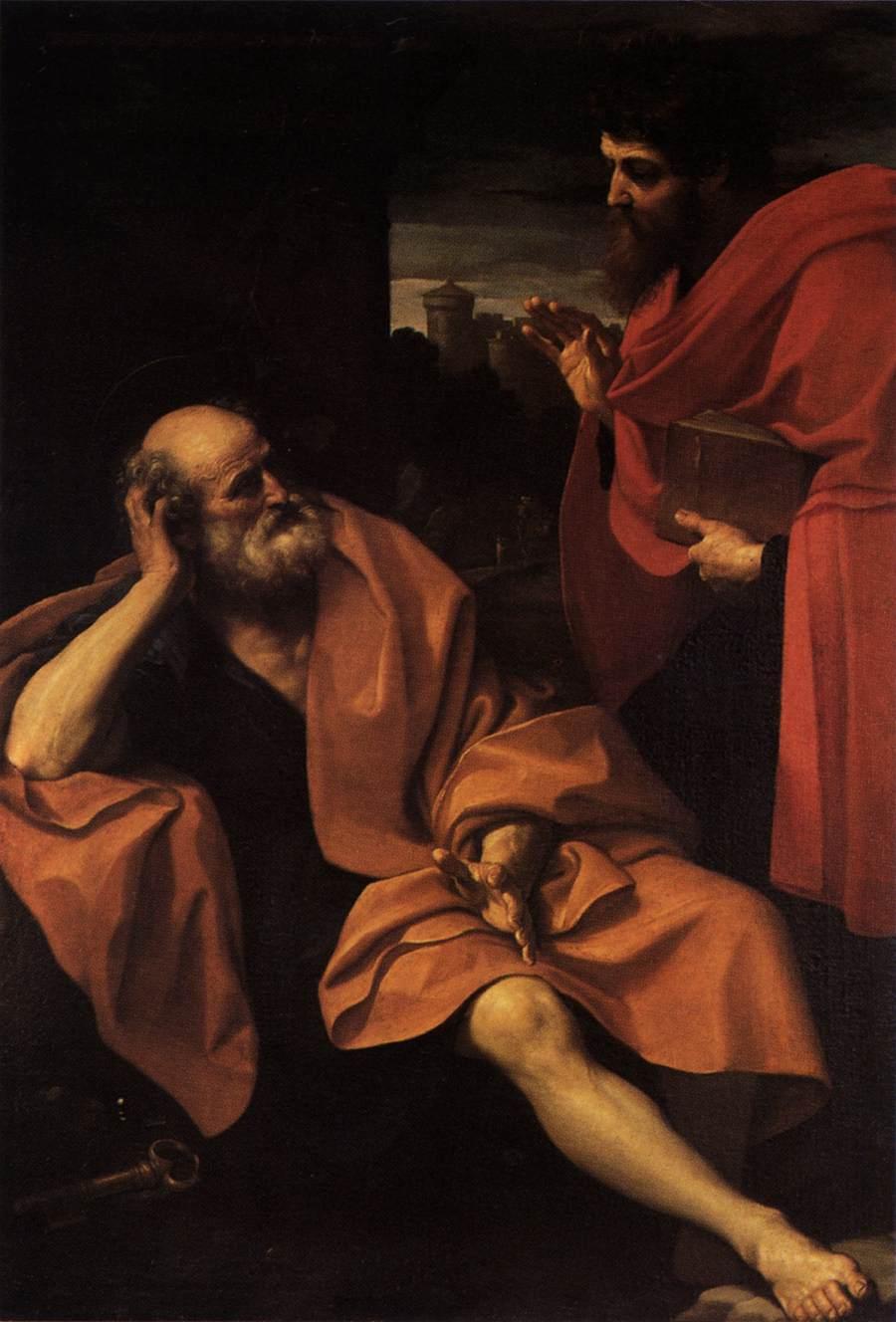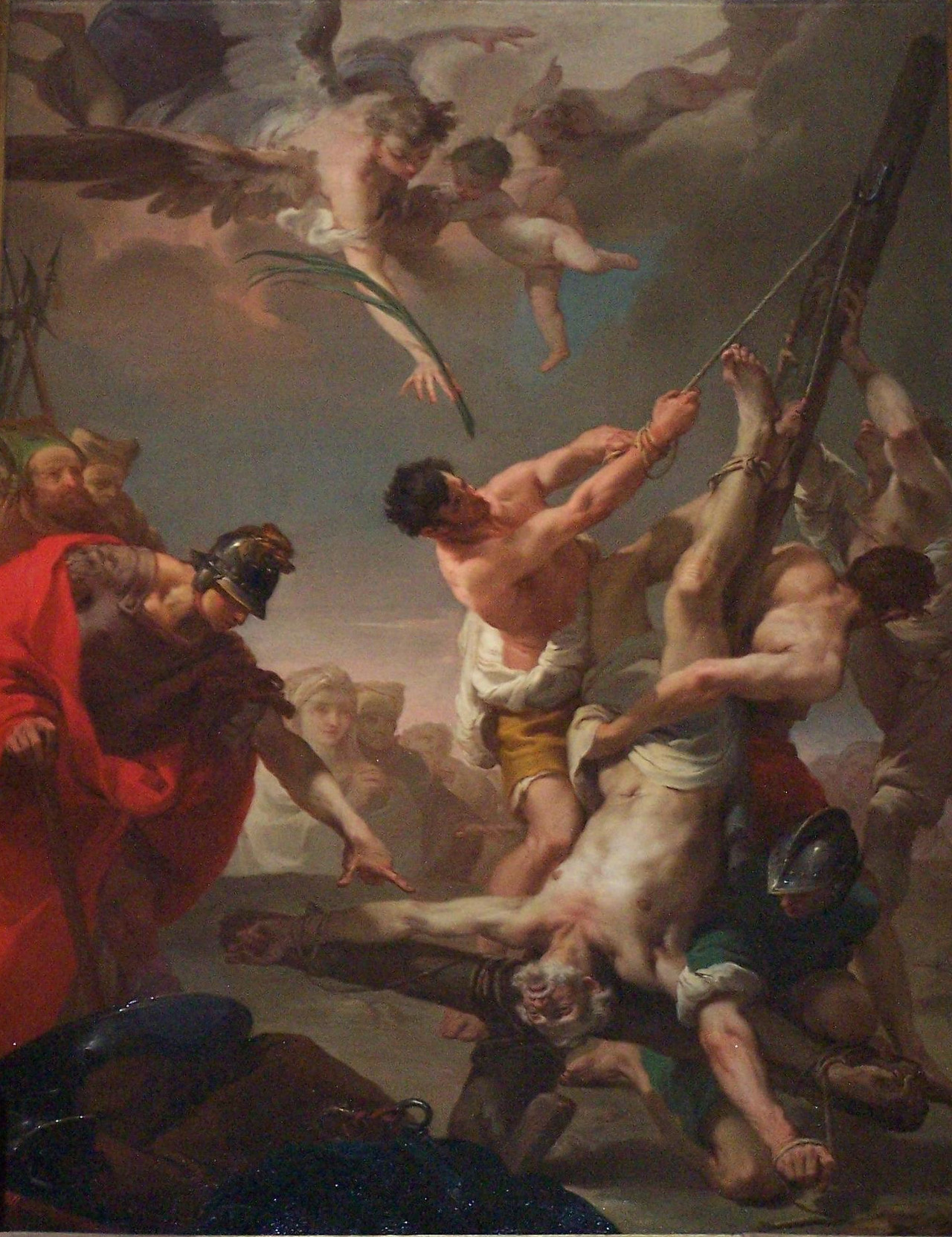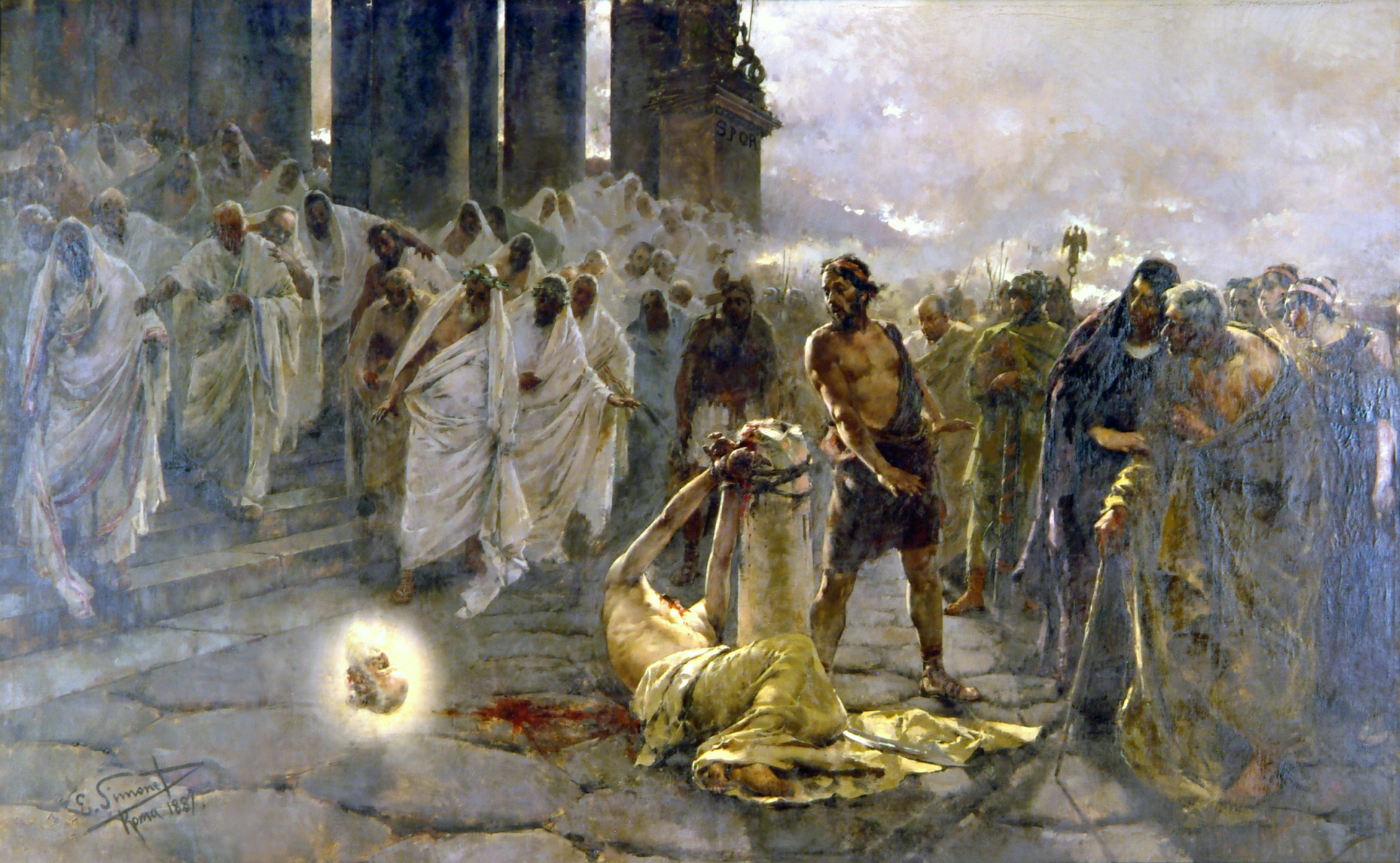Marriage,
Divorce, and Communion:
An Interview with Cardinal Thomas Collins
As we approach the upcoming
Synod on the Family, which will be held at the Vatican this October, discussion
has swirled about the Church's teachings on marriage. Many people are seeking
clarity about these teachings while others wonder which, if any, are open to
change. Today, Brandon Vogt interviews Cardinal Thomas Collins, the Archbishop
of Toronto, who sheds light on many of these pressing questions.
Brandon Vogt: Much of the current discussion about divorce,
remarriage, and communion is clouded by confusion. What does the Church
actually teach on these issues and why?
Cardinal Thomas Collins: The Catholic Church simply teaches what
Jesus teaches: marriage is an unbreakable covenant between a man and a woman,
faithful in love and open to the gift of life. Divorce and remarriage is not
allowed when it is a matter of a valid, sacramental, and consummated
marriage.
When Jesus was preaching in Galilee, divorce and remarriage was accepted in
society. The law of Moses allowed for it (Deuteronomy 24:1-4). The teaching of
Jesus that divorce and remarriage is not allowed was revolutionary. It was even
an indication of his claim to divinity, for only God has the authority to
over-rule the law of Moses. Jesus went back to creation itself for the
foundation of the unbreakable bond of marriage between a man and a woman:
"Have you not read that from the beginning the Creator 'made them male and
female' and said, 'For this reason a man shall leave his father and mother and
be joined to his wife, and the two shall become one flesh.' So they are no
longer two, but one flesh. Therefore, what God has joined together, no human
being must separate" (Matthew 19: 1-12). In light of current
controversies, it is also helpful to note that Jesus also asserts plainly
something that until recently was obvious to everyone: marriage is between a
man and a woman.
It is always assumed by the Church that couples are truly, or
"validly" married. The burden of proof is on anyone who says that
they are not. When requested, however, the Church will examine a marriage to
discover whether it was a truly binding commitment of the type that Jesus is
talking about, i,e, a valid marriage, which cannot be dissolved. If, after very
careful study, the Church discovers that at the time when they exchanged
consent at their wedding the couple for some reason did not truly make a
binding commitment to marriage, then it will issue a statement, or
"declaration of nullity," officially confirming that the marriage was
not "valid" from the start. This is very different from a divorce, in
which the government official grants that there was a valid marriage, and then
uses the power of the state to end it.
Brandon Vogt: Some Catholics hope the Church will soon change her
position regarding communion for those who are divorced and remarried, perhaps
at the upcoming Synod. Others worry such a change would undercut Jesus' clear
teachings on marriage. On this issue, which teachings and practices are
immutable and which are open to change?
Cardinal Thomas Collins: The Synod on the Family will surely deal
with the whole range of issues facing the family today, not only this one issue
of communion for those who are divorced and remarried. For example, one of the
key problems we face now is that couples are more often living together without
getting married. And there are many societal trends, especially in the western
world, that undermine the family. The question of communion after divorce and
remarriage is one among many issues, and I would imagine that the Synod will
spend most of its time on the broader issues affecting marriage and the
family.
The command of Jesus that marriage is unbreakable is central to the Christian
understanding of marriage, and cannot be changed by the Church. But we can
change the way we help couples prepare for marriage, and help them live their
marriage, and help them practically if their marriage breaks down.
Even apart from Our Lord's command, divorce is a great human tragedy that can
have devastating effects upon the spouses, and especially upon their children.
That is why we need to do all that we can as a Catholic community to help
couples prepare for marriage, and to assist them during marriage. An ounce of
prevention is worth a pound of cure. There are many groups, such as "Marriage
Encounter", and other such groups, that offer great assistance
to spouses. When there are problems in a marriage, groups such as "Retrouvaille" seek to help the couple once more have a healthy marriage.
One thing we need to do is celebrate wedding anniversaries. Recently, in my
diocese, we had a great celebration of the 25th, 50th, 60th and higher
anniversaries of married couples. In the context of Mass, they renewed their
vows. It was inspiring, and encouraging to them and to other married couples.
We need to encourage all married couples with such living examples of fidelity
in the midst of the struggles of life, especially in our society that is so
allergic to lifelong commitments. I hope that the Synod will show the way
towards better marriage preparation, encourage groups that seek to strengthen
marriage, and help those whose marriage is in difficulty.
In a society in which permanent commitments are not valued - and that applies
to the priesthood and religious life as well as to marriage - it can take great
spiritual strength, and is certainly counter-cultural, to renew each day a
sacred lifelong commitment, trusting in the grace of God. That must be our path
as Christians, and anything that tends (even unintentionally) to re-inforce a
culture that undermines fidelity to sacred permanent commitments must be
resisted, as also any action that suggests that the Church does not take
seriously the permanence of such covenants.
Our Lord's teaching on marriage, like his whole teaching on discipleship, can
at times be very difficult. Especially in the world in which we live, but
really in all periods of history, a certain heroism is required in the
Christian life. We are all called to holiness; that is not just the vocation of
the few who are canonized, but of all of us.
So what cannot be changed is the fact that what God has joined together, no one
can put asunder. But the Synod may well deepen our understanding of Christian
marriage, building on the treasure of teaching in Scripture and Tradition, such
as the beautiful document of St. John Paul II, Familiaris Consortio. We need above all to help couples faithfully and fruitfully live the
sacrament of marriage.
Sadly, marriages sometimes fail, and the Synod may try to find more effective
ways of caring for people in those painful situations. If a couple separates,
despite every effort to heal the marriage, and are legally divorced, each is
called to continue in a faithful life of Christian discipleship. They cannot
marry again, as they are married already. Many divorced Christians lead a life
of exemplary holiness, recognizing this reality. They are an inspiration to us
all. I hope the Synod offers encouragement to those who are divorced and faithfully
living the Christian life.
Perhaps, when someone has been civilly divorced, if the marriage is examined by
a Marriage Tribunal of the Church, it will be found not to have been valid, and
the person will be free to marry. But that may not happen, or a person for
various reasons will decide not to seek to discover their status in the Church
concerning their marriage (that is, whether they are in reality single or
married). Although the dedicated staff of marriage tribunals offers great
pastoral care to those whose marriage has failed, the Synod might be able to
find ways of improving the processes tribunals use for making a judgement
concerning the validity of marriages, and so that is one possible area of
change. Any human process can always be improved.
Many people who are divorced, and who are not free to marry, do enter into a
second marriage. There are various reasons that can lead to this, and their
fellow parishioners should not occupy themselves speculating about them.
Catholics in that tragic situation can be involved in many ways in the life of
the community, but they may not receive the sacraments, such as Holy Communion,
since whatever their personal disposition is or the reasons for their
situation, known perhaps only to God, they are continuing in a way of life
which is objectively against the clear command of Jesus. That is the point. The
point is not that they have committed a sin; the mercy of God is abundantly
granted to all sinners. Murder, adultery, and any other sins, no matter how serious,
are forgiven by Jesus, especially through the Sacrament of Reconciliation, and
the forgiven sinner receives communion. The issue in the matter of divorce and
remarriage is one’s conscious decision (for whatever reason) to persist in a
continuing situation of disconnection from the command of Jesus. Although it
would not be right for them to receive the sacraments, we need to find better
ways to reach out to people in this situation, to offer them loving
assistance.
One thing that would help would be if all of us realized that receiving
communion is not obligatory at Mass. There are many reasons why a Christian
might choose not to receive communion. If there were less pressure for everyone
to receive communion, it would be some help to those who are not in a position
to do so.
Often, people in this situation decide no longer to continue as members of the
Catholic community, as they are not able to receive sacramental communion at
Mass, even though they can experience a kind of spiritual communion through
prayerful adoration, although abstaining for good reason from receiving
communion; that, for a Catholic can be a truly penitential act. It is a great
tragedy if they leave the Church. It is likely that they, and their children,
and their descendants, will become disconnected from the source of life in
Christ that is found in the Church. We need to think of what we can do to reach
out to people in this situation, in a loving and effective way. But as we do
so, we also need to be attentive to the command of Christ, and the necessity of
not undermining the sanctity of marriage, with even more dire consequences for
all, especially in a world in which the stability of marriage is already
tragically compromised. If we proclaim in actions, even though not in words,
that the marriage covenant is not really what Jesus says it is, then that
offers short term comfort at the cost of long term suffering. As the sanctity
of the marriage covenant is progressively weakened, it will ultimately be the
children who will suffer most.
So although fidelity to the teaching of Christ on the indissolubility of
marriage is not open to change, there may be things that we can change to
assist our brothers and sisters in Christ who are in this difficult and painful
situation. Real assistance can be given through improvements in the way the
Church examines the validity of marriages, and through efforts to give
spiritual support to Catholics who are divorced and remarried, encouraging them
to be engaged in their parish as much as they can, and offering them ways of
prayer appropriate to their situation. We need to consider what the Church
community can do to assist the couple with their children, often living in
combined family situations. But over-riding the explicit teaching of Jesus on
the unbreakable nature of marriage is not an option. Nobody has the authority
to do that.
Brandon Vogt: Outside the Church, the secular media overwhelmingly
expects the Synod to substantially revise Catholic teaching on marriage and
divorce. How does this compare to the expectations swirling before Pope Paul
VI’s release of of Humanae Vitae in 1968?
Cardinal Thomas Collins: In the years before the letter of Pope
Paul re-affirming the constant Christian teaching that contraception is not in
accord with the will of God, there was widespread speculation that the Church
was going to change this teaching. This kind of speculation is based to some
degree on the idea that Christian doctrine is like government policy: when the
circumstances change, or when more people support this alternative rather than
that, then policy changes.
But Christian teaching is based upon the natural law that is written in our
very natures by God, and especially upon the revealed word of God. We discover
God's will, and the scriptures and the living faith of the Church help us to do
so. We do not shape God's will according to what currently seems best to us.
So when Pope Paul did not change what he could not change, but re-affirmed
Christian faith, many, many people were upset, and simply decided to ignore the
teaching. That is our present situation. I certainly hope that we do not suffer
a repeat of that, as unfounded speculation swirls concerning a change by the
Church of the explicit teaching of Jesus on marriage.
Brandon Vogt: You’ve previously mentioned how Our Lady, Undoer of
Knots—one of Pope Francis’ favorite devotions—is specially connected to the
healing of broken marriages, and how we should therefore turn to her as a key
intercessor and guide on this issue. Why this connection?
Cardinal Thomas Collins: I had not heard of this devotion until
recently, when I read a booklet about it. Apparently its origin is found in
something very close to the issues now being discussed: in the 17th century, a
young couple experienced immense difficulty in their marriage. They prayed to
Our Lady, and she untied the knots in their relationship. A descendant of the
couple commissioned a painting of Our Lady untying knots, and that has become a
great focus of devotion, which Pope Francis has done much to popularize. It is
a devotion that can be connected to many situations in life, but apparently it
arose out of prayer to Our Lady to bring healing to a troubled marriage. We
should ask Our Lady to help us address these difficult issues of marriage in a
way that is loving and faithful.
Brandon Vogt: Some theologians have looked to the Church’s tradition
for examples of divorced-and-remarried Catholics licitly receiving communion,
sometimes pointing to the Council of Nicaea’s rulings. What did that Council
have to say on the question?
Cardinal Thomas Collins: There is a rule that comes from that most
important Council that refers incidentally to people who are in a second
marriage. It has mistakenly been taken to justify a second marriage, after
divorce, but it actually refers to those whose spouse has died, and who then
marry a second time, which is certainly in accord with our faith.
Brandon Vogt: The annulment process seems to be a common-ground
target for renewal. Many Catholics believe it could be more efficient and
dignifying. What are some ways to renew the annulment process without
compromising its integrity?
Cardinal Thomas Collins: I am not an expert on the law of the
Church, and I know that those engaged in the ministry of marriage tribunals at
every level seek diligently to serve the Church, and especially those who ask
them to examine the validity of a marriage. But it would be good for those who
are more expert than I to see if there are ways of improving this
process.
Brandon Vogt: At the heart of this discussion are millions of
divorced Catholics experiencing real pain and difficulty. How can the Church
welcome and serve these people while still promoting the deposit of faith?
Cardinal Thomas Collins: It is vital that we do all that we can to
reach out in loving support for all of our brothers and sisters who are
experiencing the terrible pain of divorce. There are movements in the Church
that seek to do that, but each parish and diocese also needs to care for people
who are suffering this pain. Their children may be suffering most of all. This
should be a focus of our prayer, and in individual situations, pastors and
parishioners need to do all that they can to help.
Cardinal Thomas Collins is the Archbishop of Toronto. He is a member of the
Pontifical Council for Social Communications and the Congregation for Catholic
Education.
Fonte: Word on fire blog, 6.25.2014














